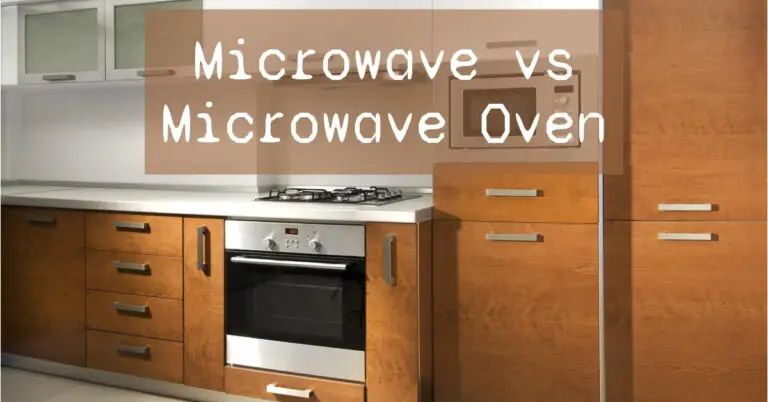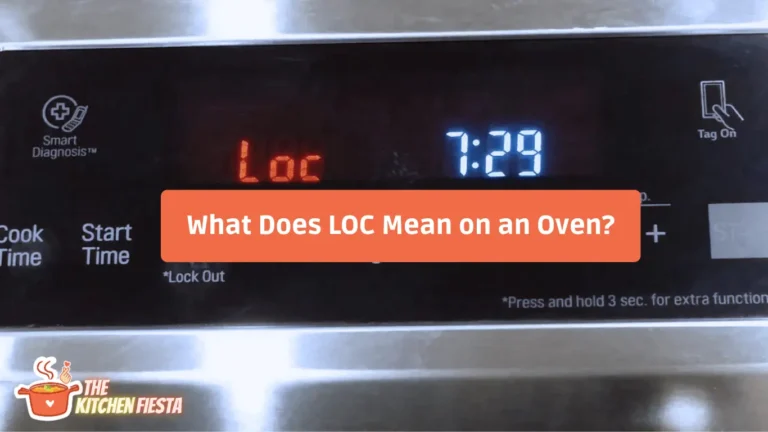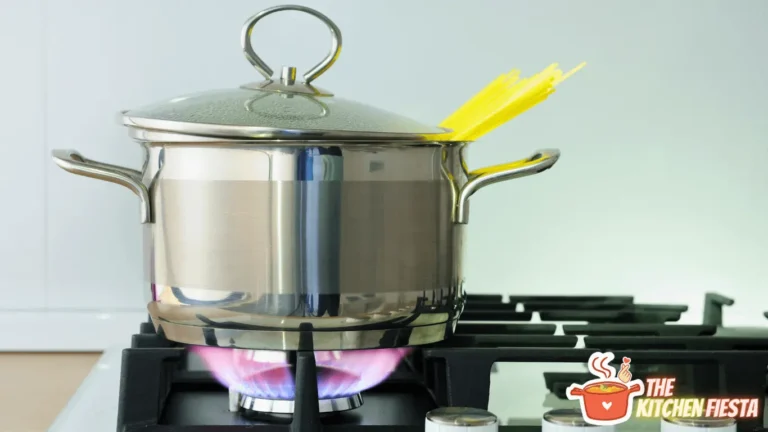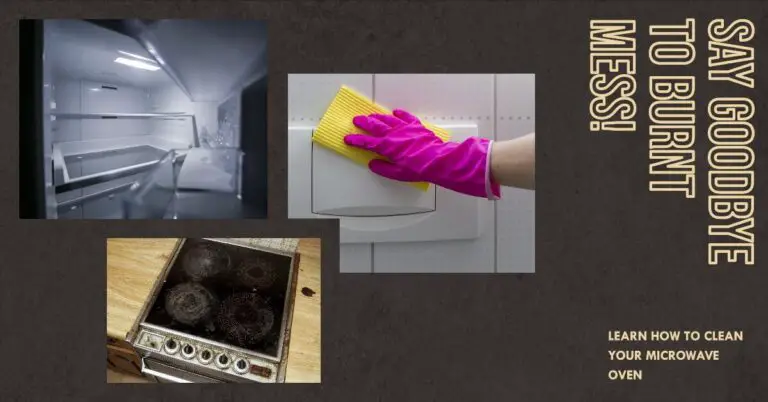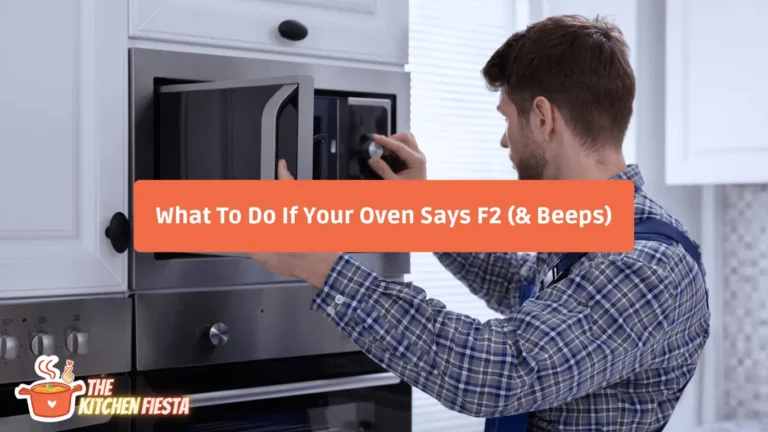Why Is My Oven Taking So Long To Preheat? Tips To Improve Preheating Time
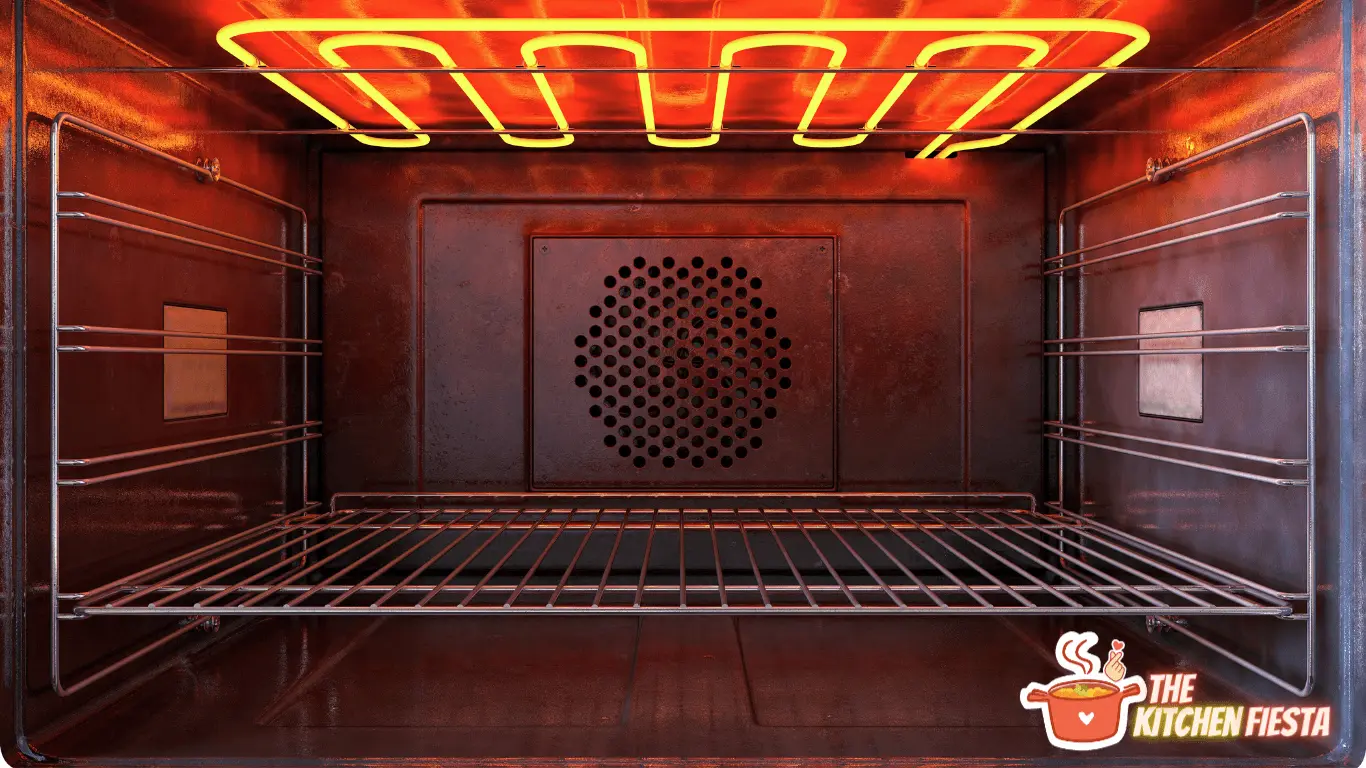
Many people have experienced the frustration of waiting for their oven to preheat for longer than expected. Waiting for an oven to reach the desired temperature can be a time-consuming process, especially when you’re in a hurry to prepare a meal. However, there are several reasons why an oven may be taking longer than usual to preheat.
The common reasons for a slow preheating oven is a faulty heating element. Over time, heating elements can become damaged or worn out, which can result in slow preheat times or no heat at all. Additionally, leaving unused racks in the oven or opening the door for an extended period before putting food in can also cause longer preheat times.
In this article, we will explore the various reasons why your oven may be taking longer than usual to preheat and provide some tips on how to fix the issue.
Common Causes of Slow Preheating
When an oven is taking too long to preheat, there are several possible causes. In this section, we will explore some of the most common reasons for slow preheating.
1. Dirty Oven
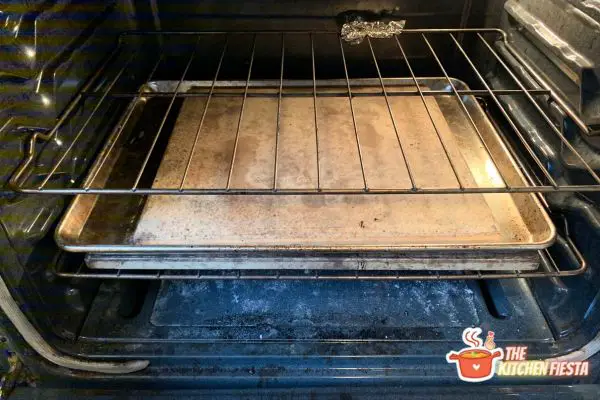
A dirty oven can cause slow preheating. When the oven is dirty, it can interfere with the proper functioning of the heating elements. Grease and food debris can accumulate on the heating elements, causing them to work less efficiently. This can result in longer preheating times.
To avoid slow preheating due to a dirty oven, it is important to clean the oven regularly. This can be done using a commercial oven cleaner or a mixture of baking soda and water. Be sure to follow the manufacturer’s instructions and use protective gloves and eyewear when cleaning the oven.
2. Faulty Igniter
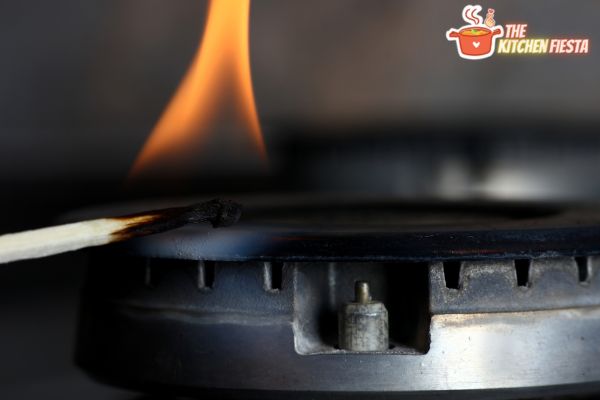
Another common cause of slow preheating is a faulty igniter. The igniter is responsible for lighting the gas in a gas oven. If the igniter is not functioning properly, it can take longer than usual for the oven to heat up.
Checking the glow bar in the oven will indicate whether the igniter is malfunctioning. The glow bar should light up when the oven is turned on. If it does not, the igniter may need to be replaced.
3. Malfunctioning Thermostat
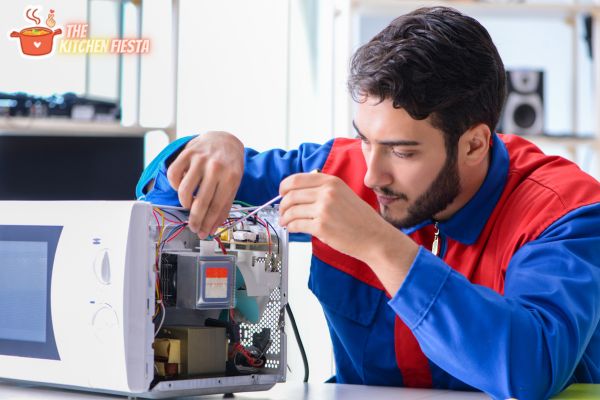
A malfunctioning thermostat can also cause slow preheating. The thermostat is responsible for regulating the temperature inside the oven. If it is not functioning properly, the oven may not heat up to the desired temperature.
To determine if the thermostat is the problem, use an oven thermometer to check the temperature inside the oven. If the temperature is significantly different from the desired temperature, the thermostat may need to be replaced.
How to Troubleshoot Slow Preheating?
If your oven is taking too long to preheat, there are a few things you can do to troubleshoot the issue. Here are some helpful tips:
1. Check the Igniter
The oven igniter is responsible for lighting the gas in the oven. If it is not working correctly, the oven may take longer to preheat. To check the igniter, turn on the oven and observe the burner. If the igniter glows bright orange but the burner does not light, it may be faulty and need to be replaced.
2. Calibrate the Thermostat
If the oven temperature is not accurate, it may take longer to preheat. To calibrate the thermostat, you will need an oven thermometer. Preheat the oven to 350°F and wait for it to stabilize. Check the temperature with the thermometer and compare it to the oven display. If there is a significant difference, you may need to calibrate the thermostat. Consult your oven’s manual for instructions on how to calibrate the thermostat.
3. Clean the Oven
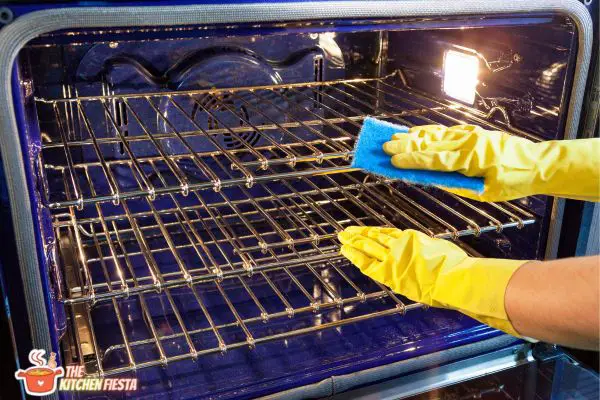
A dirty oven can also cause slow preheating. Grease and food particles can build up on the heating elements, causing them to work less efficiently. To clean the oven, first, remove any racks or other removable parts. Then, use an oven cleaner and follow the manufacturer’s instructions. Be sure to wear gloves and ventilate the area well. After cleaning, rinse the oven thoroughly with water and dry it with a clean cloth.
When to Call a Professional?
If you have tried all the troubleshooting methods and your oven is still taking too long to preheat, it may be time to call a professional. Here are some signs that indicate you should seek professional help:
- Unusual sounds: If your oven is making unusual noises such as rattling, buzzing, or humming, it could be a sign of a malfunctioning component. A professional can inspect your oven and identify the source of the noise.
- Uneven cooking: If your food is not cooking evenly, it could be due to a faulty heating element or thermostat. A professional can test and replace the defective parts.
- Gas smell: If you smell gas when you turn on your oven, turn it off immediately and call a professional. A gas leak can be dangerous and requires immediate attention.
- Error codes: If your oven displays error codes, it could be an indication of a malfunctioning control board or sensor. A professional can diagnose and repair the issue.
It’s important to remember that attempting to repair your oven yourself can be dangerous and may cause further damage. By calling a professional, you can ensure that your oven is repaired safely and efficiently.
Preventative Maintenance Tips
Regular Cleaning
One of the most important preventative maintenance tips for ovens is regular cleaning. This includes wiping down the interior of the oven after each use, as well as deep cleaning the oven periodically. A dirty oven can cause the oven to take longer to preheat, as well as affect the taste of the food being cooked.
To deep clean an oven, start by removing any debris from the bottom of the oven. Then, mix baking soda and water to create a paste, and spread it over the interior of the oven. Let the paste sit for several hours or overnight, then wipe it away with a damp cloth. This will help remove any built-up grease or grime.
Replacing Parts
Another important preventative maintenance tip is to replace any worn or damaged parts. This includes the oven’s heating element, which can wear out over time and cause the oven to take longer to preheat.
To replace the heating element, start by turning off the power to the oven. Then, remove the screws holding the heating element in place and pull the element out. Replace the old element with a new one, making sure to reconnect any wires. Finally, secure the new element in place with screws.
Other parts that may need to be replaced include the oven’s thermostat, which regulates the temperature, and the oven door gasket, which helps seal in heat. Regularly inspecting these parts and replacing them as needed can help ensure that the oven is working efficiently and preheating quickly.
Conclusion
In verdict, a longer preheat time for ovens can be caused by various factors such as unused racks, an open door, faulty heating elements, or an inefficient gas safety valve. Room and starting temperature can also play a role. It’s essential to identify and address these issues to optimize cooking experiences.
By removing unused racks, keeping the door closed, and checking heating elements and gas safety valves, users can troubleshoot and fix their oven’s preheat time problem. Understanding the reasons behind longer preheat times can lead to more efficient and enjoyable cooking.
FAQs
Why is my oven taking too long to preheat even though the heating element is working fine?
It’s possible that the oven’s temperature sensor is faulty. The temperature sensor is responsible for monitoring the temperature inside the oven and sending signals to the oven’s control board. If it’s not working properly, it can cause the oven to take too long to preheat or not reach the desired temperature at all. A faulty temperature sensor will need to be replaced.
Can using the wrong cookware affect the preheating time of my oven?
Using the wrong cookware, such as glass or ceramic, or cookware that is too small or large for the oven can cause the oven to take longer to preheat. This is because poor conductors of heat don’t absorb heat as quickly as metal cookware.
Why does my oven take longer to preheat when using the convection setting?
The convection setting uses a fan to circulate hot air inside the oven, which can cause the oven to take longer to preheat. This is because the fan is circulating cold air as well, which can lower the temperature inside the oven. However, once the oven is preheated, the convection setting can help cook food more evenly and quickly.
Can a dirty oven affect preheating time?
Yes, it can. A dirty oven can affect the preheating time because the dirt and grime can absorb heat, causing the oven to take longer to reach the desired temperature. It’s essential to regularly clean the oven, including the heating element, to ensure it’s working properly and efficiently.

